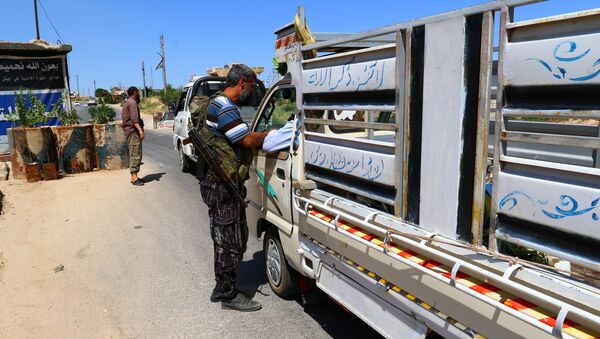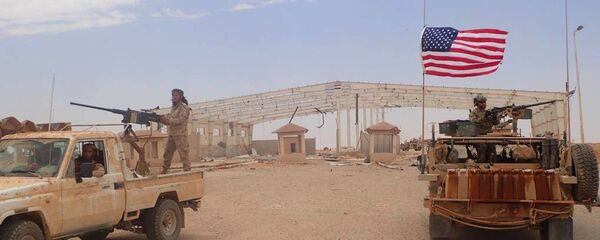He explained that the Syrian army intends to move to liberate Idlib right after freeing Arsal and lifting the siege on Deir ez-Zor. "This is especially important, considering Idlib’s status as a border province," he said.
Idlib Governorate is currently home to the fundamentalist Islamic militant group Hayat Tahrir Al-Sham, commonly known by its former name Al Nusra and colloquially in Syria as Hetesh. Other, smaller militant factions also maintain a presence there.
"There’s a large number of militants in Idlib who, at some point, faced a decision: renounce terrorism and join the ranks of the Syrian army or leave for Idlib without abandoning their [terrorist] allegiance. These people continue to fight against the Syrian army and to kill civilians. By the way, some of these militants fled to Europe back then," Abbas added.
Another Syrian military analyst, Maj. Gen. Muwafak Jumaa, told Sputnik that "terrorists in Idlib have limited options: surrender, flee or fight against the Syrian army and its allies." He pointed out that the majority of terrorists in Idlib province are not Syrian natives and therefore will either fight or flee.
According to Jumaa, the fighting for Idlib is expected to be fierce because this border province provides terrorists with access to Turkish sea ports. The Syrian government, however, does not intend to tolerate this situation any longer, he added.
Meanwhile, Russian, Turkish and Iranian representatives are expected to discuss the issue of reinforcing the de-escalation zones in Syria during a meeting in Tehran scheduled to take place on August 8 and 9, according to Russian Foreign Minister Sergei Lavrov. On August 6, the minister pointed out that there are currently three such zones established in southern Syria, East Ghouta and to the north of Homs.
"There’s currently work being conducted on a larger and possibly more complicated zone in Idlib province," Lavrov said.
In May, the participants of the Astana talks on Syrian settlement agreed on establishing four safe zones in Syria as part of the de-escalation process. The first one, in the north of the country, covers the province of Idlib and neighboring districts of Latakia, Aleppo and Homs. The second is in the north of Homs province. The third is located in the south of Syria, in the Quneitra and Daraa provinces, while the fourth one is in Eastern Ghouta.



